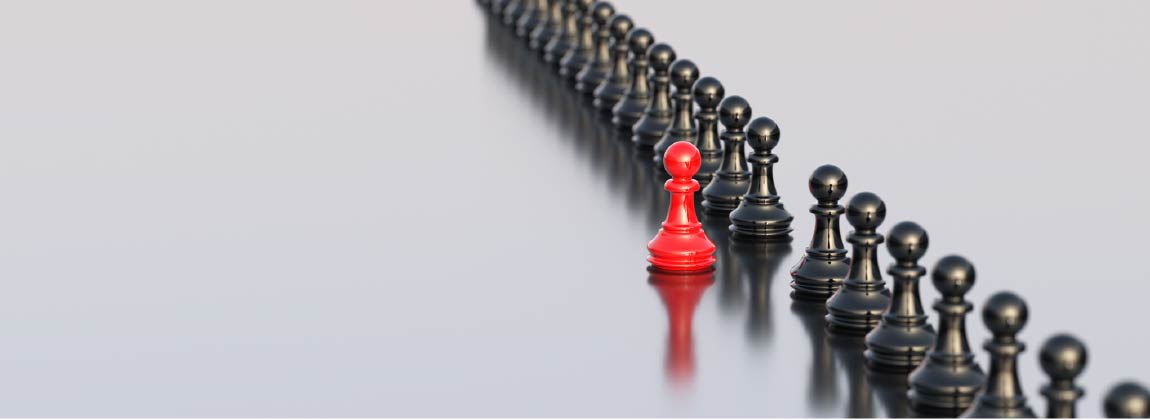Utilities + Luxuries

One of the most interesting books I have read recently is Essentialism: The Disciplined Pursuit of Less. The theme of the book is focusing on what is vital within our various pursuits and finding ways of utilizing time and resources in efficient and productive manners.
As resources continue to be scarce, and as the current circumstances dictate austerity, I have been thinking a lot about how to do more with less. What I have come to realize is that doing so depends largely on how you define “less.” If the definition or use of this word can be shifted to align with “different,” it presents an opportunity.
How to Utilize Resources in a Different Way
The thing about a recession is that there are, in fact, less resources to go around. From human resources to financial resources, during this time, the mix can be intimidating at the very least. However, what you do with this “less” can make or break your ability to continue on and be successful. I’d like to consider a better question: how can you do more with different?
We are creatures of habit and prefer abundance. Scarcity creates stress. Oftentimes our solution to capacity issues involve adding team members (see also Frederick Brooks, The Mythical Man-Month) or allocating more financial resources as remedies in an effort to reduce this stress. But meeting the challenges of a recession needs to be more dynamic than traditional austerity measures of singularly either cutting budgets or reducing workforce.
I am not arguing that the above measures should be eliminated from consideration; however, if you look at how to address short-term or mid-term goals by broadening the frame on how to utilize internal resources differently, or pare down to strategies that protect your core mission or value proposition, this may encourage different types of decisions about how to proceed forward.
Our natural tendency to equate fuller capacity with “more” can be a barrier. As we continue to learned how to function within the constraints of COVID-19, we have also started to change our perceptions of how a distributed office works, how we can be productive differently and how we might proceed into the future utilizing what we have learned.
There are some things that we considered essential just a few months ago that have now become luxuries. In moving forward, one business strategy might involve defining or redefining what remains a luxury and what converts back to essential within the organization.
John Stuart Mill said, “I have learned to seek my happiness by limiting my desires, rather than in attempting to satisfy them.” As our internal strategies continue to change and evolve, I think our organizations will become stronger and more resilient if we consider, in a critical and empathic way, what is a utility or essential in our efforts.
Find these tips useful? Find more business tools and information by visiting the Business Resources page.
Joe Benesh
Joe Benesh is the President and CEO of The Ingenuity Company, located in Des Moines. The Ingenuity Company specializes in Strategic Planning, Diagramming, Organizational Design Thinking, and Leadership/Change Facilitation. He also teaches strategic planning at the University of Iowa in the MBA Program.